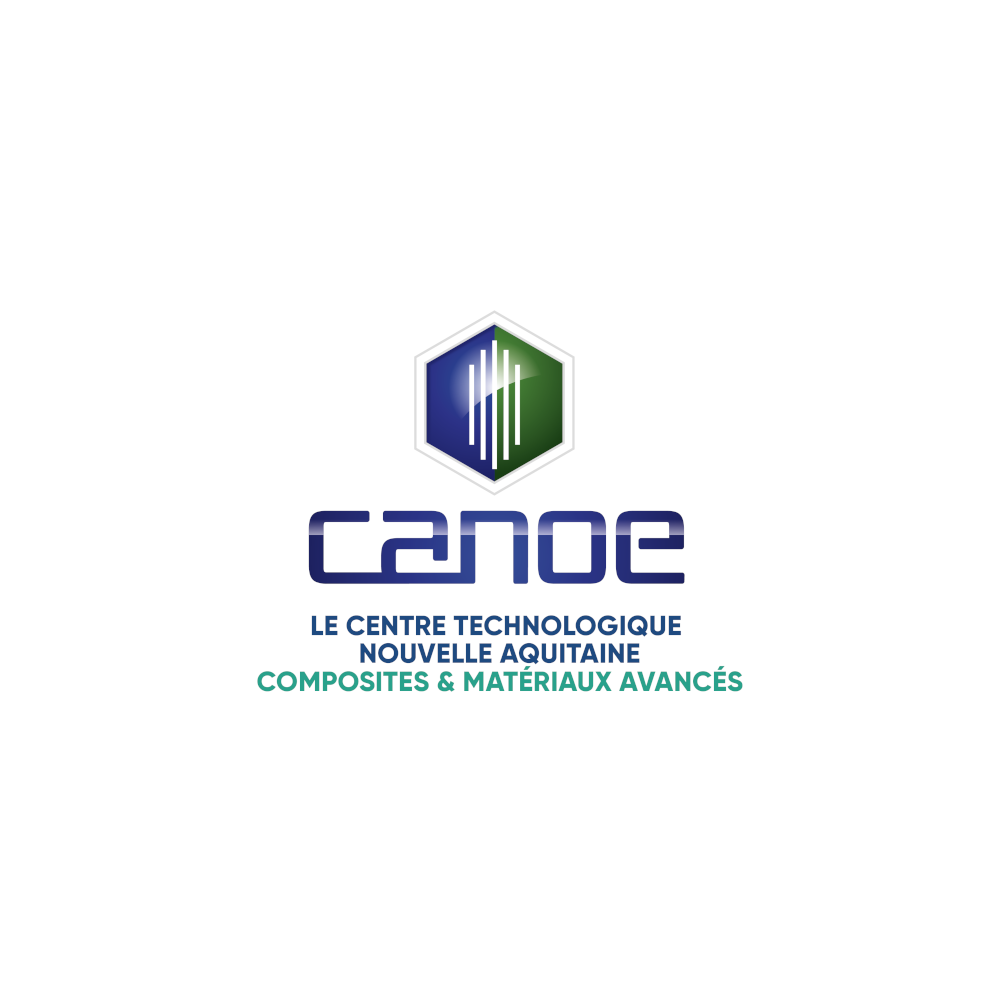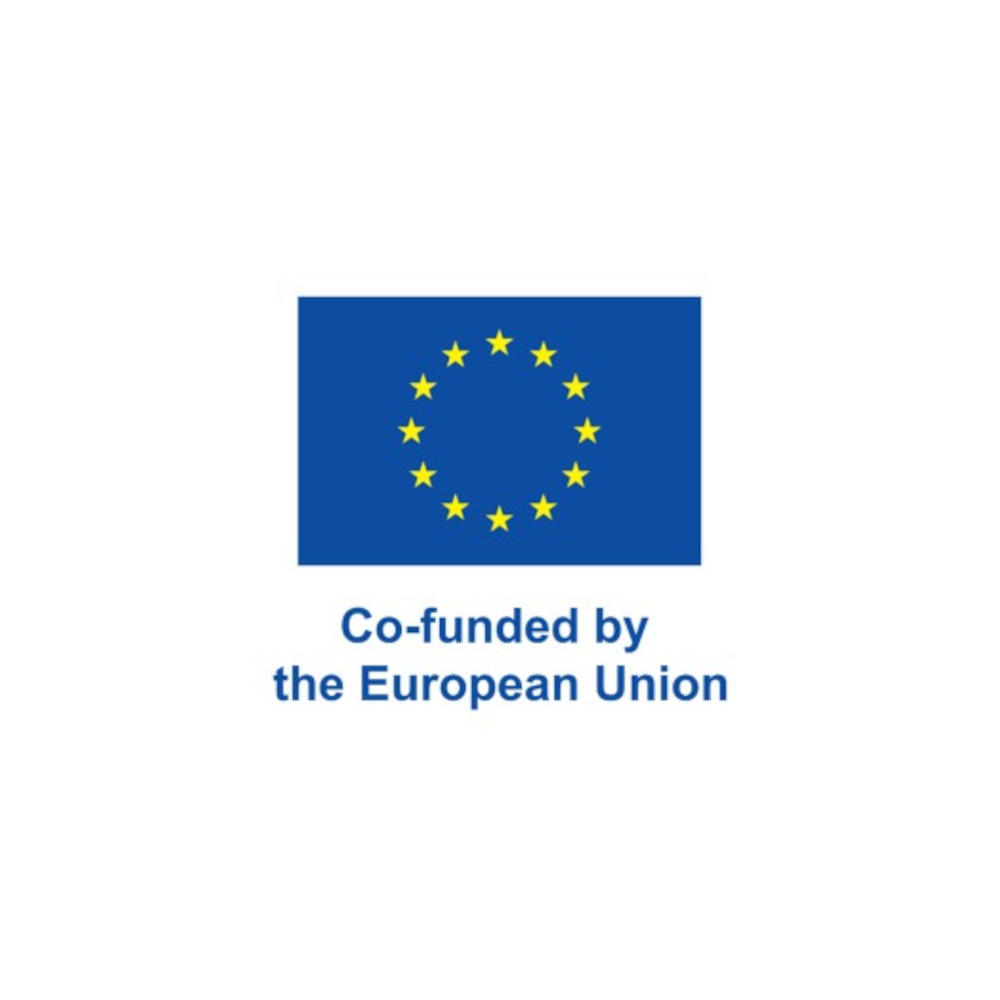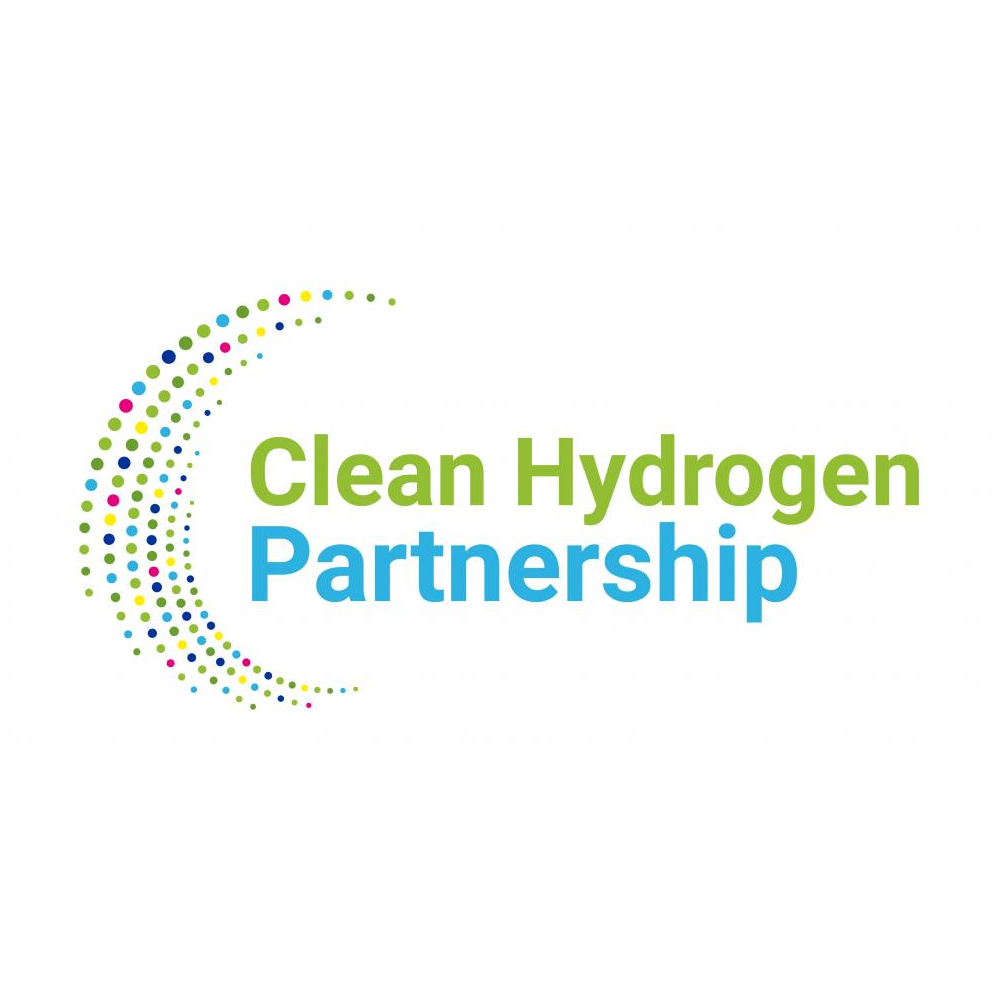Institut Mines-Telecom
48 months
January 2024
10 M€
Goal
To meet the long-term needs of hydrogen storage, the ECOHYDRO project aims to develop and ensure a cost-effective manufacturing process for recyclable composite materials for sustainable hydrogen tanks, using high-strength carbon fiber, low-viscosity thermoplastic liquid resin and instant in situ photopolymerization for composite pressure tanks.
In this project, CANOE will have several objectives:
– To develop a resin that meets ECOHYDRO specifications (satisfactory impregnation, suitable shelf life, reactivity at ambient temperature, low cost, etc.);
– Supply filament-wound coupons to test flame-retardant/insulating/self-healing thermoplastic formulations, as well as reinforcements such as carbon and basalt;
– Produce laboratory-scale demonstrators and test them using non-destructive testing;
– Study the mechanical and physico-chemical recyclability of these tanks.
ECOHYDRO
By 2050, hydrogen is expected to account for 24% of Europe’s energy needs, which will require significant multi-level storage solutions, as well as transport solutions between the production and end-use phases. Assuming significant use of H2 in all types of transport applications, just for mobility needs alone, numerous storage tanks with a lifetime of between 3 and 15 years will be needed by 2050.
We therefore need to continue developing storage technologies for H2 and its derivatives, to make them a genuine sustainable energy carrier and part of a future sustainable energy system, while improving their safety and reducing their cost over their entire life cycle.
With this in mind, the ECOHYDRO project, funded under the HORIZON EUROPE Framework Program for Research and Innovation, aims to develop a new recyclable thermoplastic resin with functionalities (self-repairability, fire resistance), a new, more economical filament winding process for the manufacture of hydrogen tanks, numerical models to predict the residual life of tanks using « Structural Health Monitoring » technology via integrated sensors and « artificial intelligence » algorithms, and a new composite recycling technology to recover carbon fibers from end-of-life tanks and reuse them to manufacture new parts.
The project brings together 15 academic and industrial partners from 7 countries.

















